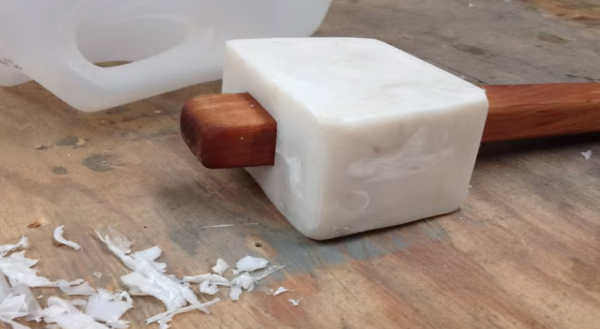Hackaday, we have a problem. Supplying fresh, healthy food to the world’s population is a huge challenge. And if we do nothing, it will only get more difficult. Rising water prices and (eventually) rising fuel prices will make growing and transporting food more costly. Let’s leverage our collective skill and experience to chip away at this problem. We hope this will get you thinking toward your entry for the 2015 Hackaday Prize.
There are big science breakthroughs that have taken us this far. For instance, The Green Revolution developed wheat with stronger stalks to support the weight of higher kernel yields. If you’re equipped to undertake that kind of bio-hacking we’d love to see it. But the majority of us can still work on ideas to make a difference and (heartwarming moment approaching…) feed the world.
As with the shower feedback loop and electricity monitoring installments of We Have a Problem, I’ll start you off with an uber-simple idea. It’s up to you to think further and wider to get at solutions that are worth more exploration.
Can Technology Give Me a Green Thumb?
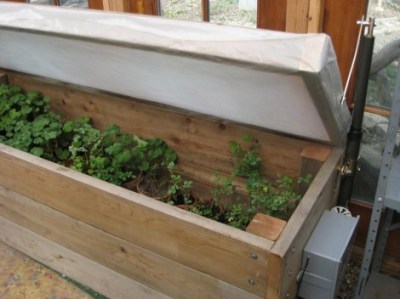 We see it all the time around here, people are building projects to monitor and control their own gardening projects. The one shown here couldn’t be simpler, it’s a hot-box which lets your gardening continue through the winter. It uses heat tape to keep the soil warm, and features a motorized lid which actuates to regulate humidity and temperature.
We see it all the time around here, people are building projects to monitor and control their own gardening projects. The one shown here couldn’t be simpler, it’s a hot-box which lets your gardening continue through the winter. It uses heat tape to keep the soil warm, and features a motorized lid which actuates to regulate humidity and temperature.
This concept is a good one. It doesn’t take up a lot of space and it tackles the easy part of automation (how hot is it? how wet is it?). But does it have the potential to make an impact on the source of your household’s food? Maybe the concept needs to be applied to community garden areas so that you can achieve a larger yield.
Robots
 Perhaps robots are an answer to a different problem. This little bot, already entered in the 2015 Hackaday Prize, is an experiment with automatic weed elimination versus the use of herbicides.
Perhaps robots are an answer to a different problem. This little bot, already entered in the 2015 Hackaday Prize, is an experiment with automatic weed elimination versus the use of herbicides.
But it does get us thinking. One of the problems you need to overcome when trying to achieve wide adoption of local food supply is that not everyone enjoys the work that goes into it. Do you have an idea of how your mad robot skills can do the work for us?
 Stepping back onto the side-track of changes to industrial farming, let’s take a look at one of the way-out-there-ideas from last year. A huge amount of water usage is in food production. What if we turned entire farms into greenhouses in order to capture and reuse water that is normally lost into an all-to-dry atmosphere? Domes my friends, domes. A swarm of 3D printing robots given locomotion and unleashed to print out translucent covers over the fields on the kilometer-scale. Hey, doesn’t hurt to dream (and do some back of the envelope calculations to gauge how wild that idea actually is).
Stepping back onto the side-track of changes to industrial farming, let’s take a look at one of the way-out-there-ideas from last year. A huge amount of water usage is in food production. What if we turned entire farms into greenhouses in order to capture and reuse water that is normally lost into an all-to-dry atmosphere? Domes my friends, domes. A swarm of 3D printing robots given locomotion and unleashed to print out translucent covers over the fields on the kilometer-scale. Hey, doesn’t hurt to dream (and do some back of the envelope calculations to gauge how wild that idea actually is).
Your Turn
That should be enough to get the conversation started. Toss around some ideas here in the comments, but don’t let the brainstorm stop there. All it takes to enter the Hackaday Prize is an idea. Write it down as a project on Hackaday.io and tag it “2015HackadayPrize” to get your entry started.

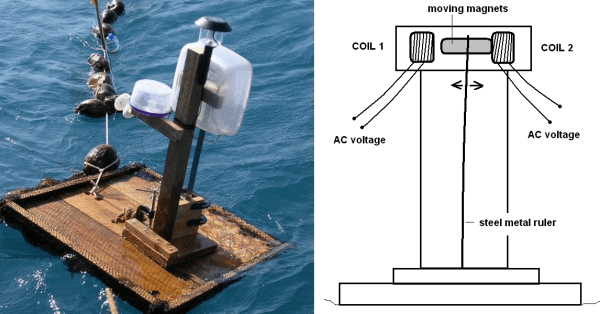
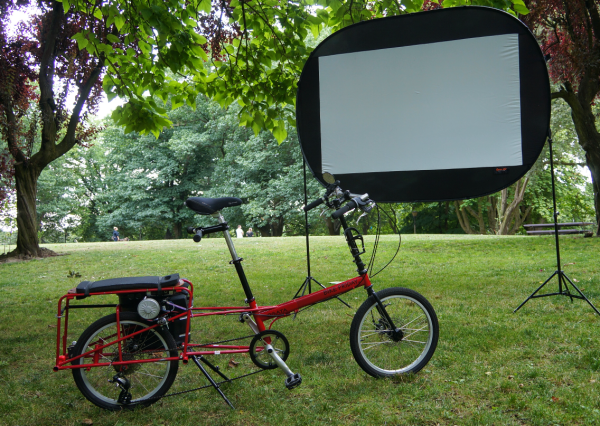


 We see it all the time around here, people are building projects to monitor and control their own gardening projects.
We see it all the time around here, people are building projects to monitor and control their own gardening projects.  Perhaps robots are an answer to a different problem.
Perhaps robots are an answer to a different problem.  Stepping back onto the side-track of changes to industrial farming, let’s take a look at one of the way-out-there-ideas from last year. A huge amount of water usage is in food production. What if we turned entire farms into greenhouses in order to capture and reuse water that is normally lost into an all-to-dry atmosphere?
Stepping back onto the side-track of changes to industrial farming, let’s take a look at one of the way-out-there-ideas from last year. A huge amount of water usage is in food production. What if we turned entire farms into greenhouses in order to capture and reuse water that is normally lost into an all-to-dry atmosphere? 




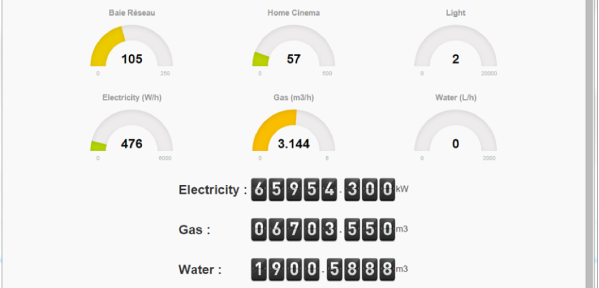
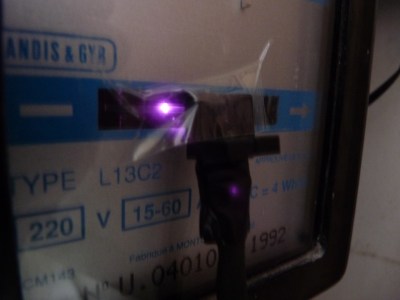 So he figured out a way to extract data from the existing meters. For the Electricity meter, he thought of using current clamps, but punted that idea considering them to be suited more for instantaneous readings and prone for significant drift when measuring cumulative consumption. Eventually, he hit upon a pretty neat hack. He took a slot type opto coupler, cut it in half, and used it as a retro-reflective sensor that detected the black band on the spinning disk of the old electro-mechanical meter. Each turn of the disk corresponds to 4 Watt-hours. A little computation, and he’s able to deduce Watt-hours and Amps used. The sensor is hooked up to an Arduino Pro-mini which then sends the data via a nRF24L01+ module to the main circuit located inside his house. The electronics are housed in a small enclosure, and the opto-sensor looks just taped to the meter. He has a nice tip on aligning the infra-red opto-sensor – use a camera to check it (a phone camera can work well).
So he figured out a way to extract data from the existing meters. For the Electricity meter, he thought of using current clamps, but punted that idea considering them to be suited more for instantaneous readings and prone for significant drift when measuring cumulative consumption. Eventually, he hit upon a pretty neat hack. He took a slot type opto coupler, cut it in half, and used it as a retro-reflective sensor that detected the black band on the spinning disk of the old electro-mechanical meter. Each turn of the disk corresponds to 4 Watt-hours. A little computation, and he’s able to deduce Watt-hours and Amps used. The sensor is hooked up to an Arduino Pro-mini which then sends the data via a nRF24L01+ module to the main circuit located inside his house. The electronics are housed in a small enclosure, and the opto-sensor looks just taped to the meter. He has a nice tip on aligning the infra-red opto-sensor – use a camera to check it (a phone camera can work well).